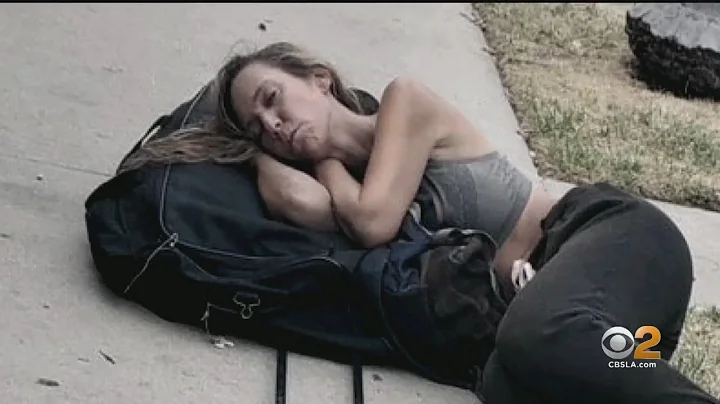1. Basic situation
Lele is a boy with a physiological age of 5 and a half years and a development age of 4 and a half years. The development of cognitive, perceptual , movement and language fields is basically consistent with the development age, and the worst is sociality. Children in the social field are in 37-42 months. The child likes cars very much and has a very close emotional attachment to his mother. The child has tried to go to kindergarten before.
2. Problem description

Separation anxiety is very serious. When you first enter the kindergarten and separate from your mother, you must be carried upstairs by the teacher. After entering the classroom, you can cry intermittently for one hour. Children who have just arrived in kindergarten are not familiar with teachers and children, are not adapted to the new environment, and lack a sense of security.
After entering the kindergarten, the mother is more worried about her child's emotions. She stayed in the kindergarten for a long time and had to wait until the teacher took the child upstairs before leaving. The mother described the child having a kindergarten learning experience for one year. At that time, he cried every day during the year in kindergarten. The experience that children might have been unpleasant in kindergarten is now very repulsive to the child.
3. Target behavior
After the child and his mother are separated, he can calm down his emotions as soon as possible under the comfort of the teacher and participate in the activities of the class.

4. Intervention process
1. Familiar with the environment and personnel of the kindergarten, and reduce the unknown and fear of the kindergarten.
In the first week, lead children to visit all areas of the kindergarten to increase their understanding of the kindergarten. Secondly, tell children about the one-day process of the kindergarten through stories. They have to go to the kindergarten in the morning, have lunch in the kindergarten at noon, and go home after lunch after lunch. In addition, they can help children to increase their cognitive concepts of weekly time and daytime, teach children to have seven days a week, have classes from Monday to Friday, and have a Saturday and Sunday break. After mastering the concept of the week, children can understand which day to go to school and which day to go, and their mood will improve.

2. Obtain parental cooperation
Children once had the experience of going to kindergarten alone for a year. Every morning of the whole family was the most afraid of. Everyone tried their best to persuade and induce, hoping to send the children to the kindergarten smoothly. Therefore, in the later communication, parents informed the parents that they had understood the time, and told the children before going to school to what day of the week and they could go home after school. Secondly, parents who sent the children to kindergarten left immediately after they were sent, and do not stay in the kindergarten, so as not to increase the time for children to cry. With the cooperation of parents, the time for children to cry after seeing the parents leave is shortened.
3. Establish a partnership
. In the class where the children are in, I found two very caring and patient boys for the children. As the partners of the children, under the guidance of the teacher, the two friends take good care of the children. Whether it is classes or activities, they will lead the children to participate. The children feel the happiness from the friends, and they will compete with the friends every day. Who will come early tomorrow? When the children come early the next day, the friends will praise them, and the teachers will also reward tokens. The time for crying after the children are admitted to the hospital is significantly shortened.

4. Bring comfort items to your children every day and let them accompany them through this period of time.
Children like cars very much. When picking up children every day, the teacher prepares in advance and takes the car to pick up children. When the children hold the car, their emotions can be comforted and relieved. It is relatively simple to change the child's attention. Later, the comforting objects were gradually removed and the garden was entered normally.
6. Intervention results
After three months, the crying time of children has been significantly shortened, and it has been maintained at three to five minutes. After the guidance, the mood can also recover quickly.











